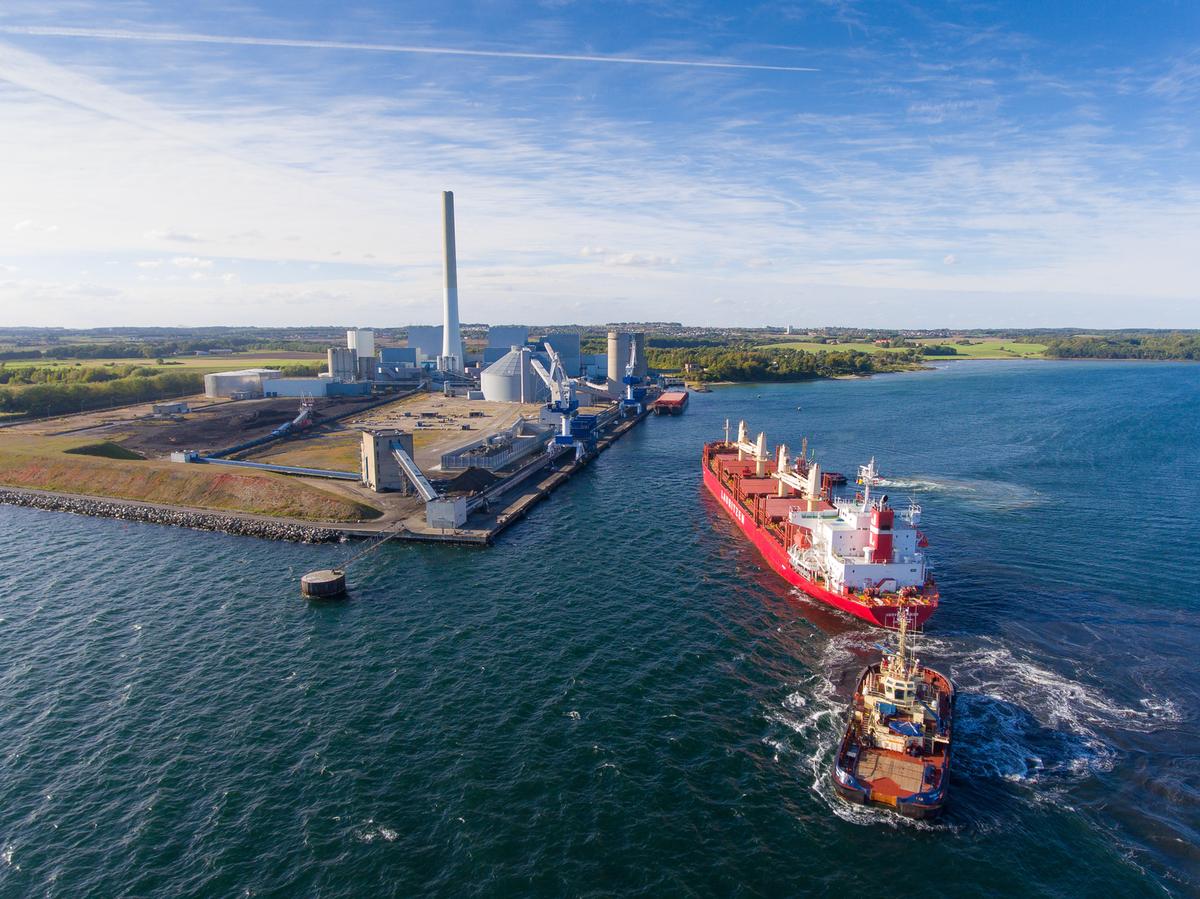On 18 October 2018, it’s exactly 50 years ago that Denmark’s Crown Princess Margrethe, now Her Majesty Queen Margrethe II, inaugurated Studstrup Power Station near Aarhus. Much has happened since the inauguration of Studstrup Power Station in 1968, both at the power station itself and in terms of Danish energy policy.
“Studstrup Power Station is the story of a power station adapting, throughout its lifespan, to society’s demands for how we produce heat and power. It was built as a coal-fired power station with the primary task of ensuring power for Danish homes,” says power station manager Carsten Ruders, who had his first day at Studstrup Power Station 33 years ago. He adds:
“Today, the power station has been converted to run on wood pellets from sustainable forests instead of coal. And the power station’s current primary task is to produce green district heating for some 106,000 Aarhus homes and to supplement the Danish power generation from solar and wind power.”
Extensive conversion
In October 2016, the Danish Minister for Energy, Utilities and Climate, Lars Christian Lilleholt, inaugurated Studstrup Power Station after an extensive conversion enabling it to use wood pellets instead of coal. Today, Studstrup Power Station is one of the largest biomass-fired power stations in the world.
“The great heaps of coal at Studstrup Power Station have been replaced by a large silo for wood pellets, and our heat customer has established two massive electric boilers at the power station, so that we use power to produce district heating when the wind turbines in Denmark are running at full capacity and the cost of power is low. This example illustrates the journey which both Studstrup Power Station and Ørsted have taken in recent years from being large-scale consumers of coal to being a green energy company,” says Carsten Ruders.
In order to live up to Ørsted’s objective of phasing out coal completely by 2023, in recent years Ørsted’s power stations have been working on a large fuel change where the power stations have gone from fossil fuels to sustainable biomass.
